Choose wisely!
Influence of column and method selection on Simulated Distillation results in compliance with ASTM D-2887
“Simulated distillation“ (SIMDIS) is a gas chromatographic analytical method that simulates traditional distillation. With this procedure, it is possible to determine the composition of a petroleum sample according to the boiling point distribution. SIMDIS is a useful tool enabling fast analysis of the composition of petroleum products.
With the standard method ASTM-D-2887, low petroleum fractions can be analyzed. This method includes all fractions with boiling points in the range from 55 °C to 538 ºC (up to C44).
Use of the right column and method becomes critical for accurate values and good peak resolution during simulated distillation measurements. In the following example, it can be seen how choosing appropriate column dimensions and adjusting method parameters can clearly improve results and obtain the desired information from the sample analyzed.
Selecting the correct column and method
A GC-2030 instrument with FID detector was chosen for the measurements. First, a non-polar phase column (Column 1; # 221-75731-15; 15 m, 0.53mm; 1 µm) was installed and the method parameters summarized in table 1 were used.
 Table 1: Method parameters for the Simulated Distillation analysis with the ASTM-D2887 method on column 1
Table 1: Method parameters for the Simulated Distillation analysis with the ASTM-D2887 method on column 1
An alkane standard C6-C44 was measured to obtain the BP-RT calibration curve and also to evaluate the effectiveness of the method and column selected.
As shown in figure 1, high deviations in the BP-RT calibration curve arose. It could also be seen that the latest peaks from heavier compounds eluted the column at high retention times, already in the isothermal segment of the oven heating (figure 2).
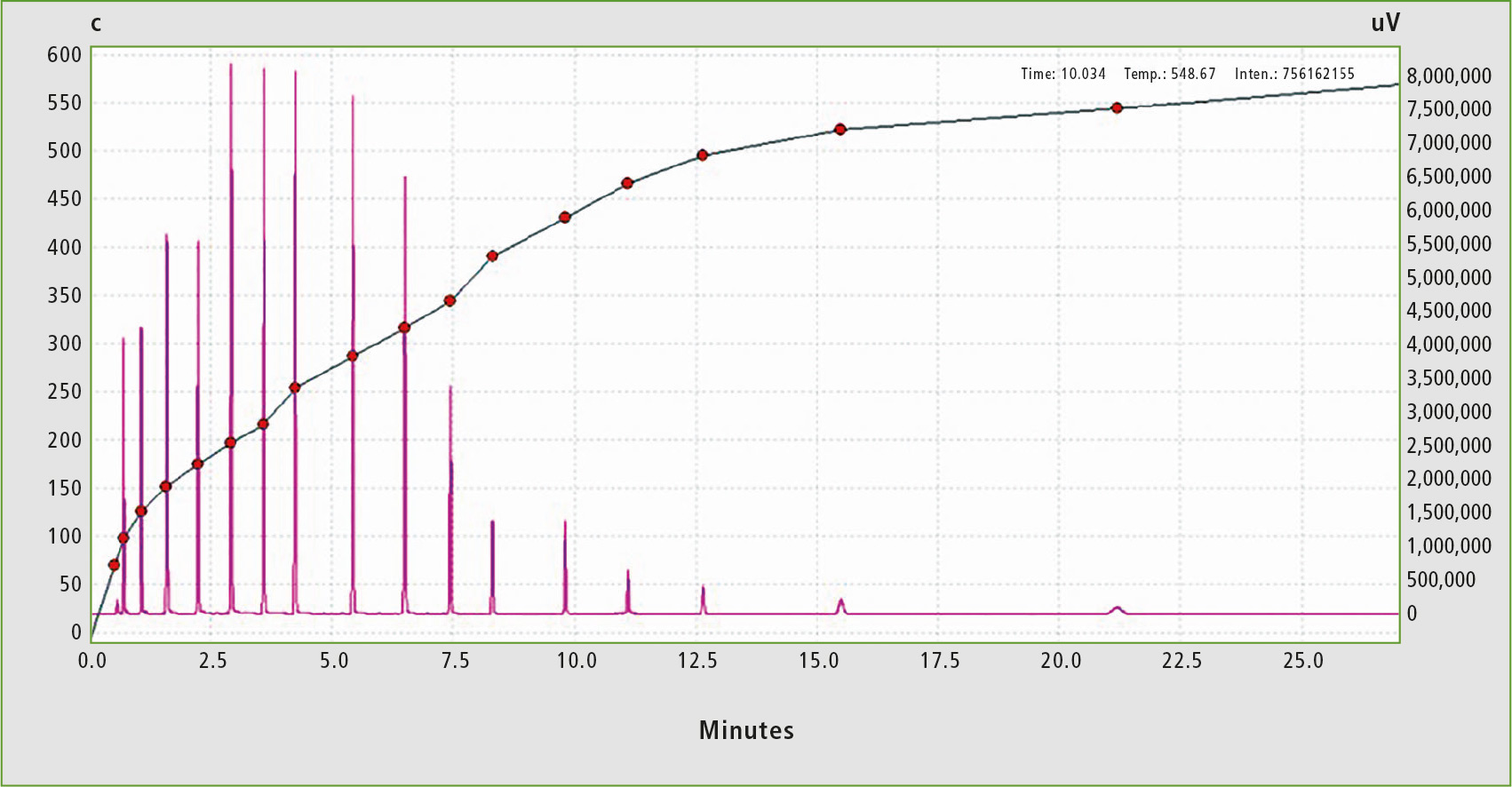 Figure 1: BP-RT calibration curve for column 1
Figure 1: BP-RT calibration curve for column 1
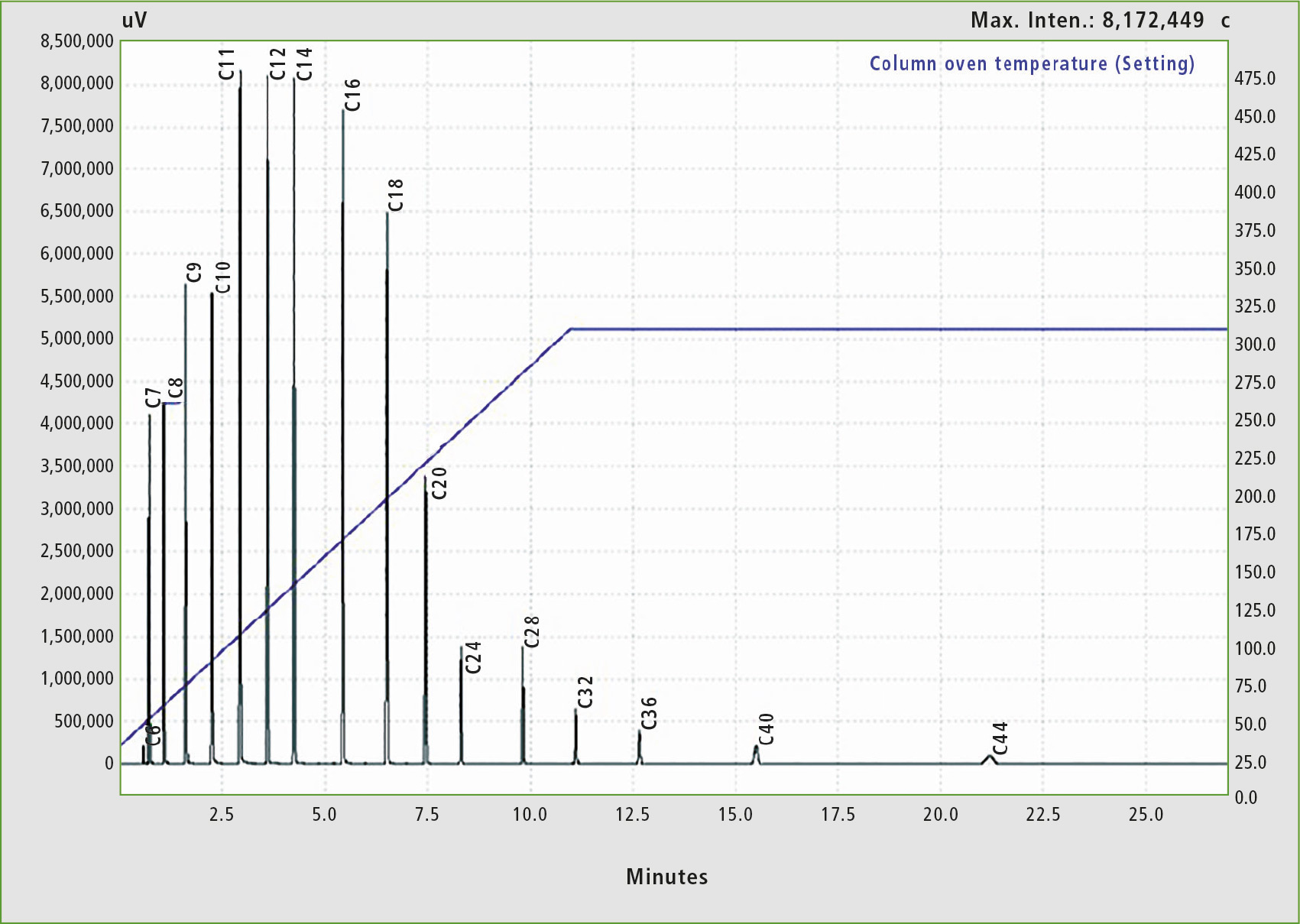 Figure 2: Peak retention times with column oven temperature profile for column 1
Figure 2: Peak retention times with column oven temperature profile for column 1
This late elution and poor resolution of the last peaks were most likely the cause of poor linearity of the initial BP-RT curve. It was concluded that the length of the column could generate the discrepancies in the results. Although the temperature program was adjusted, it was not possible to improve resolution of the latest peaks.
Testing of a new column
In order to corroborate the real influence of the column length and heating program, a new non-polar column (column 2; # 980-23987; 10 m; 0.53 mm; 0.9 µm) was installed. Furthermore, new heating programs (table 2) in the OCI and column oven were introduced in order to achieve better results.
 Table 2: New heating ramps for the OCI and column oven for column 2
Table 2: New heating ramps for the OCI and column oven for column 2
The same alkane standard C6-C44 was used for these measurements. A clear improvement of the linearity of the BP-RT calibration curve was observed (figure 3) by using column 2 and the new method parameters.
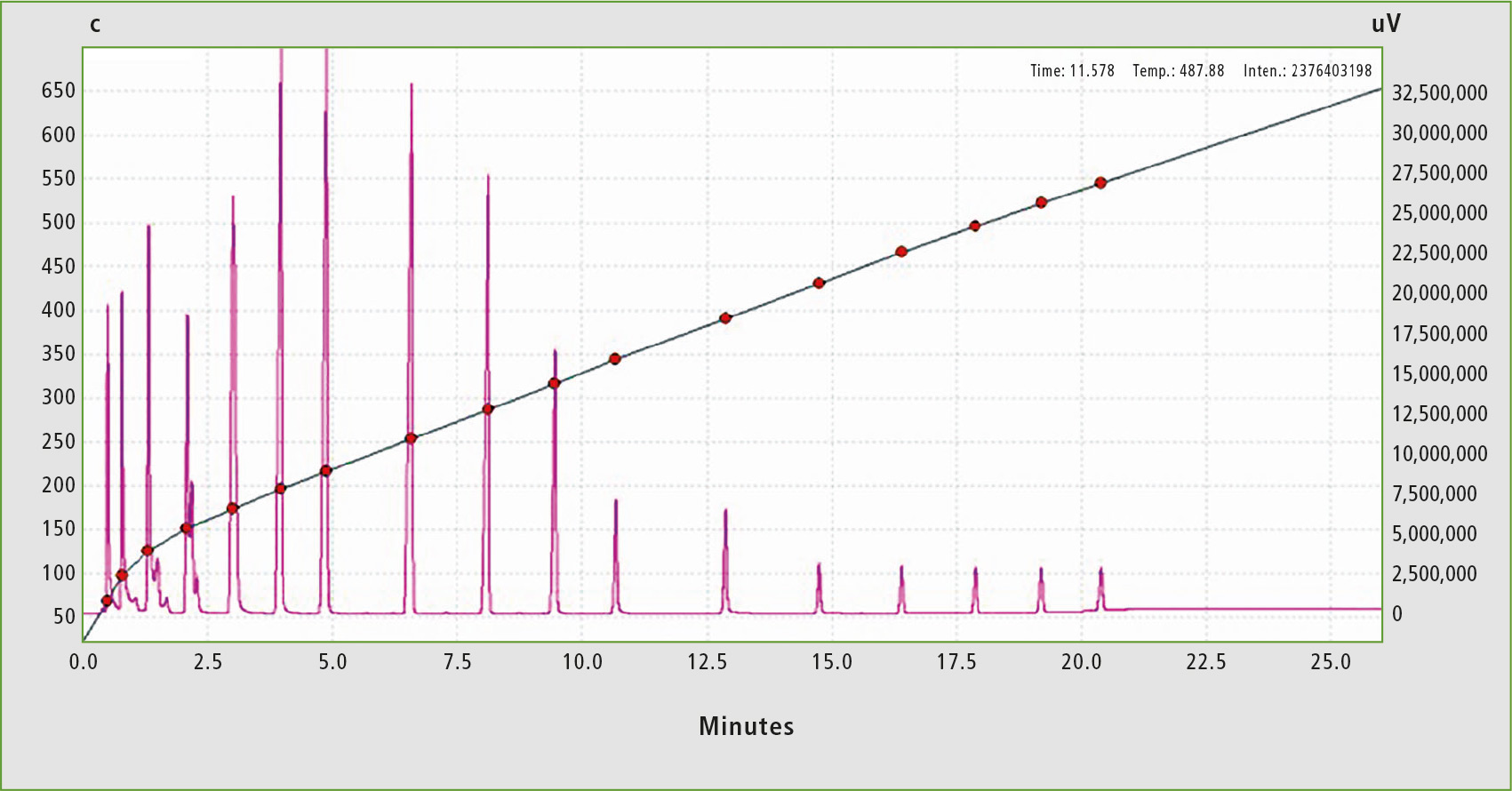 Figure 3: BP-RT calibration curve for column 2
Figure 3: BP-RT calibration curve for column 2
In the case of column 2, all compounds eluted the column while the GC oven was still in heating process, improving the resolution of the latest peaks (figure 4).
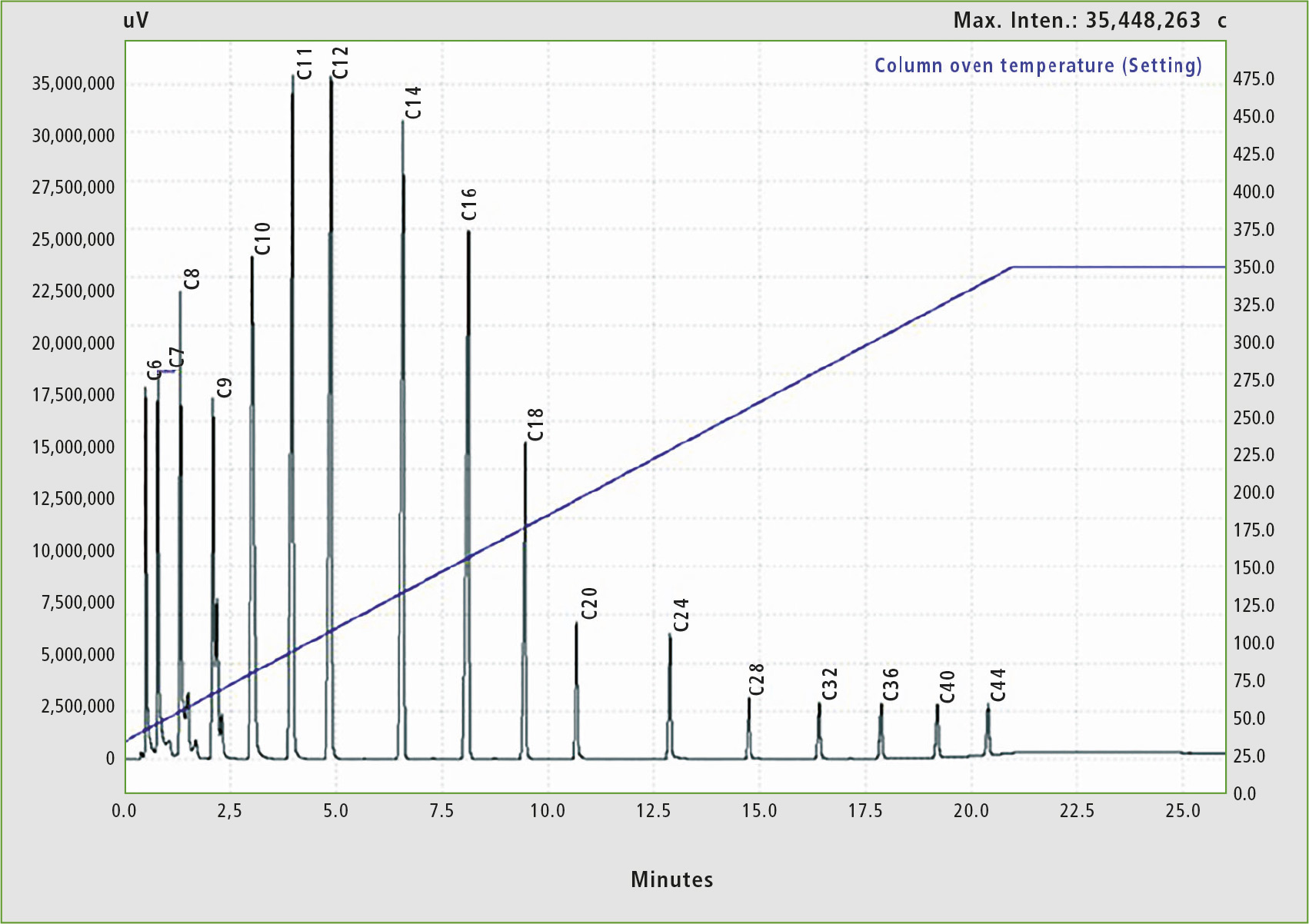 Figure 4: Peak retention times with column oven temperature profile for column 2
Figure 4: Peak retention times with column oven temperature profile for column 2
Using the shorter column 2 (10 m) and lower heating rates directly influenced the results obtained. These factors can therefore be considered as key to obtaining satisfactory results with good resolution and linearity.
Analysis of Reference gas oil (RGO)
Finally, after the optimal experimental conditions were determined, it was possible to analyze a certified gas reference oil sample and obtain correct values of the reference check results (table 3). These good results were only possible when column 2 and the new heating programs were used.
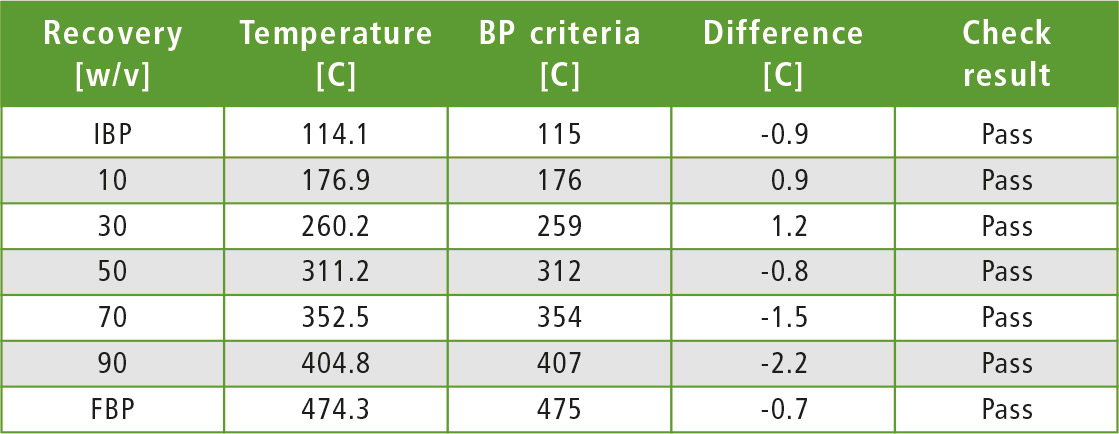 Table 3: Reference check results for RGO sample
Table 3: Reference check results for RGO sample
Conclusions
Choosing the right column dimensions and heating program becomes crucial for best results with the simulated distillation method. By replacing the initial column which was for this purpose less than ideal, and setting the right heating program, it was possible to improve initial results and to define the best conditions for accurate analysis of the reference gas oil sample.
